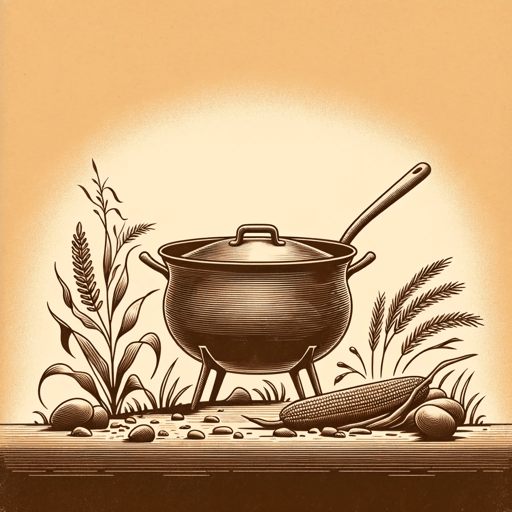42 pages • 1 hour read
Michael W. TwittyThe Cooking Gene: A Journey Through African American Culinary History in the Old South
Nonfiction | Autobiography / Memoir | Adult | Published in 2017A modern alternative to SparkNotes and CliffsNotes, SuperSummary offers high-quality Study Guides with detailed chapter summaries and analysis of major themes, characters, and more.
Chapters 12-15Chapter Summaries & Analyses
Chapter 12 Summary: “Chesapeake Gold”
Tobacco was another crop that altered the American landscape and catapulted the slave trade. The plant has been grown and harvested in nearly the same way for hundreds of years. Africans were familiar with tobacco; the plant was growing in the Senegal River Valley at the same time as the founding of Jamestown in 1607. Sarah Bowen, Twitty’s ancestor who arrived in the 1770s from West Africa, would have been familiar with the crop. The farmers who enslaved Bowen did not have a plantation; a farmer had to keep 20 or more enslaved Black individuals to be called a planter. Everyone had a role in ensuring the success of a tobacco yield. Twitty himself experiences what it is like to work in a tobacco field, his hands covered in tobacco sap and his brain affected by the narcotic chemicals seeping through his skin.
As Twitty describes the lengthy and arduous cultivation of what is sometimes referred to as the “thirteen-month crop” (221), he also notes that the plant left Southern fields depleted of nutrients. As a result, many farmers switched to corn or wheat, which could be grown and harvested with fewer workers. Enslaved Africans had little interest in eating wheat; they developed a rich food culture around corn and the poultry they were allowed to raise and trade.

